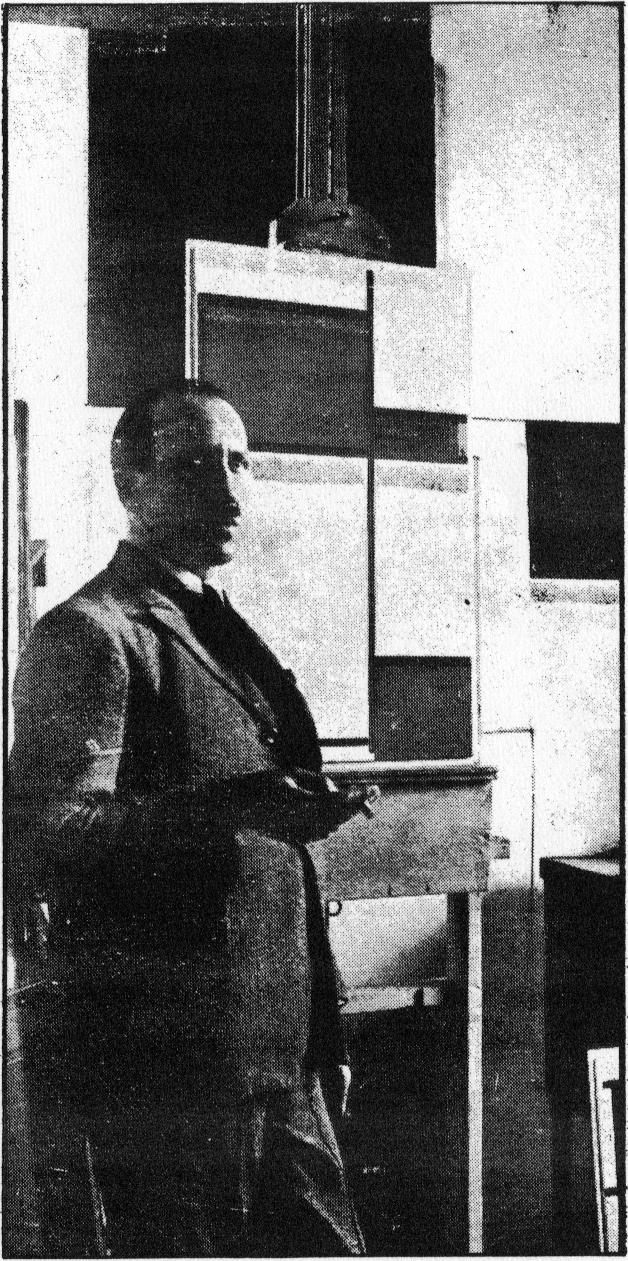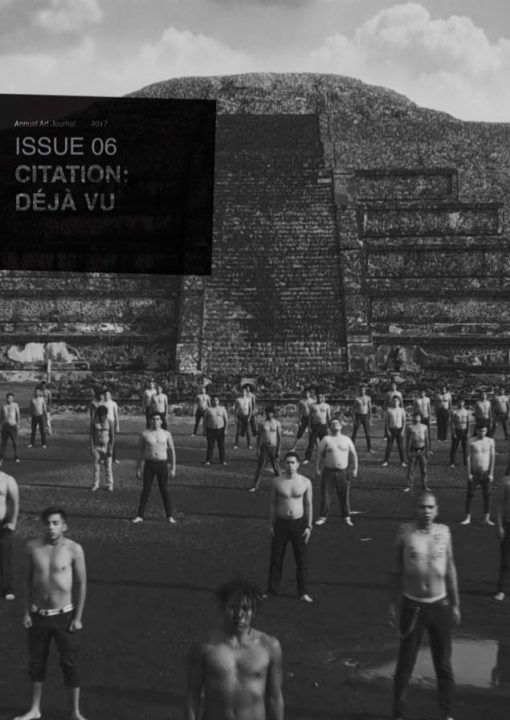déjà vu.
As migrating strangers, in search of a purpose, become common bedfellows of past and future, they cite, recite, incite, and prophesise a paradox. A turbulent world remembered, as lines of humanity cross their geographical, existential and mediatised borders; as they open and close, appear and disappear: The strong flex, the small quiver.
We cite these moments. We recall we have been there before. A paradox which is a reverberating soundscape of change, of return. One where each cancels the other out in an audiotised schematic, whirling away only to remain a citation in memory. To attempt to cite, translate, decipher and re-member that moment of paradox fails as the speed of technologised everyday resists the mere attempt. One can instance the the speed. For example, the immediate availability of information today facilitated by technology demands a response of urgency providing little scope for referencing, citing and contextualising, which are being replaced by speculation, tip-offs and banter.
ISSUE 6 presents a rich and diverse set of artists, artist-scholars, curators, and researchers reflecting on and contextualising the issue of citation: déjà vu as they see it, and critically and refreshingly use it as a platform to reflect on the current conditions of the world.
We know the future because we have been there.

P. Mondrian in his studio in Paris. 1923.
Photo: Anonymous. From De Stijl, vol. VI, nr. 6/7 (1924): p. 86. Public Domain.


